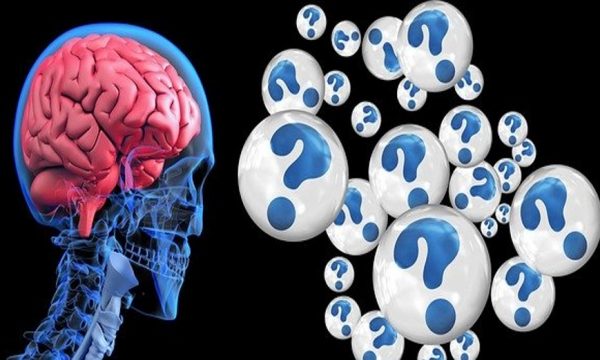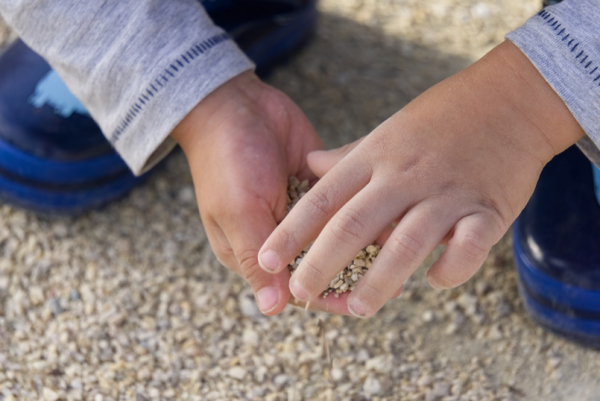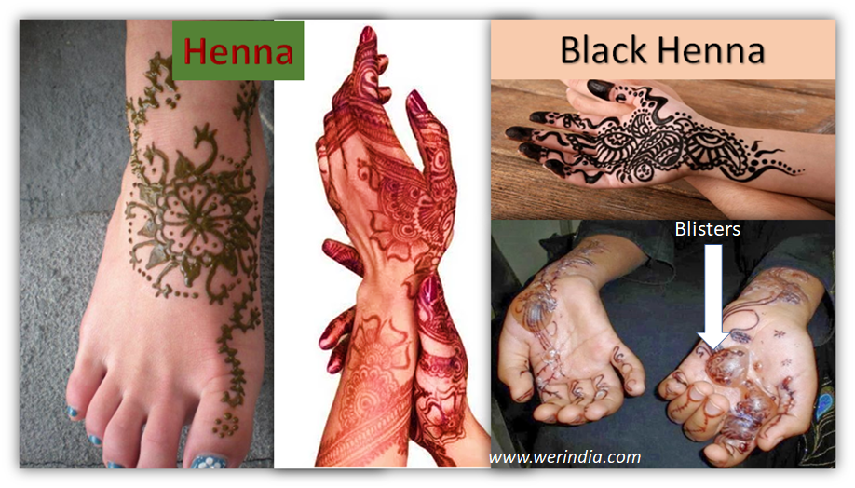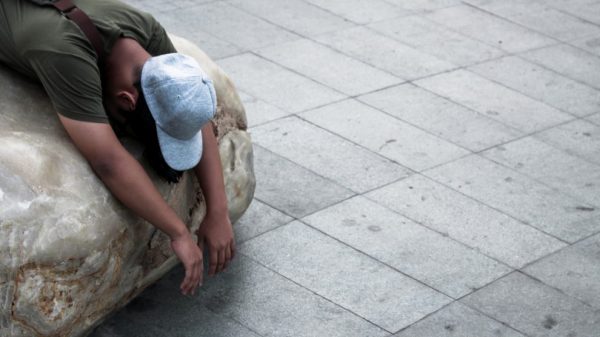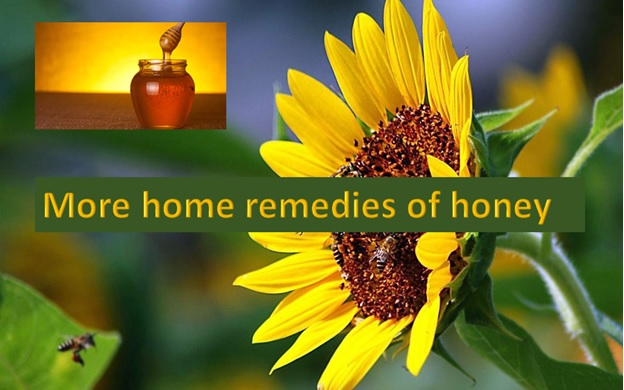
Are you wearing hair bands?
Sometimes we see hair entangling in hair bands and hair loss. This is because women put a lot of stress on their hair. Stress of tying the hair using hair bands or similar such accessories causes strain and eventually damages the hair. Ponytails, parting hair or updos all cause some sort of stress to hair root and results in hair loss over time.
Here are some suggestions how to take care of hair when one use hair bands.
- Never pull your hair too tightly back from your face: Over time this will put a strain on the finer hair around the front hairline and make it go thinner and become weak.
- When you use a hair band/elastic, don’t wrap it around the hair so tightly: A good hair band will keep your hair in place without pulling.
- Pulling hair band out of hair: The wrong band will snag hair and pull any damaged strands out with it. Choose a hair band that has no metal fasteners, is made of silicone, or is made of a no snag material.
- Do not use accessories that are not meant for hair tying: Often people use items like regular rubber bands that aren’t meant for hair, causing breakage. Also, pulling the hair back too tightly can put too much tension on the hair, ultimately causing traction alopecia which could result in permanent hair loss.
- Do not tie the a bun or top knot when hair is wet using hair band and do not tie wet hair when you go to sleep. Allow the hair to follow naturally on the pillow or bed.
- Allow your hair to rest and play up your natural texture: Hair rest means includes avoiding pulling your hair up with tight elastics and holders. Wearing your ponytail in the same place can cause hair strands to weaken. It is the same type of damage you often associate with daily hot tool use.
How to avoid headaches associated with hair bands?
Most of the time, discomfort is caused by the headband fitting too snugly on the head. Headbands are meant to be fashionable and comfortable accessories that make our lives easier when it comes to styling our hair. The reason many women find headbands uncomfortable is that these hair accessories usually put pressure on sensitive spots right behind the ears, sometimes even leading to headaches . Wearing a too tight headband or ponytail can cause headaches that can radiant to your neck or shoulders. The tightness of your headband can put strain on your muscles and skin under your scalp, causing pain. If you wear headbands all the time, usually your head becomes used to this external pressure, but if you only wear headbands for special occasions, your scalp may be unfamiliar with the bands which further leads to discomfort. Few suggestions to avoid headache associated with hair bands wearing…
- The type of fabric you choose for a headband does have an effect. Wear silk or elastic headband. Hard, plastic headbands will be harder on your scalp than a scarf or turban style head piece. It is still a really practical way to keep your hair in place, without discomfort. In addition, there are so many different styles and patterns that you will never run out of options.
- If plastic headband bother you too much, opt for a stretchy band that still holds your hair in place, but doesn’t put as much pressure right behind your ears. After time, these elastic headbands will stretch, giving you a looser fit.
- Similarly, adding cushion will help to avoid headache. Cushion means, try putting some cotton or fabric on the ends to create space between your head and the hair band. It may not look pretty, but if you wear your hair down, no one will even be able to notice. This will soften the impact the headband has on your head, reducing the pain.
- Do not wear hair bands for more than 8 hours. Even if you do not get headaches from wearing headbands, you should still only wear them for 8 hours. Putting pressure on your head for too long will ultimately cause a headache. Remove hair band while working (if it is allowed) and also before going to bed.
- If you workout and sweat a lot, after work out leave the hair loose, do not tie with band. Tying sweat, wet hair causes headache.
Image courtesy: Photo by Rodion Kutsaev on Unsplash
References:
Author: Sumana Rao | Posted on: November 13, 2017
« Recognizing mental illness Natural Home Remedies for Cold, Congestion and Sinus Problems »


